5 expert cleaning tips to save you time and effort
Smart hacks from the experts to make this your best, and easiest, clean ever.
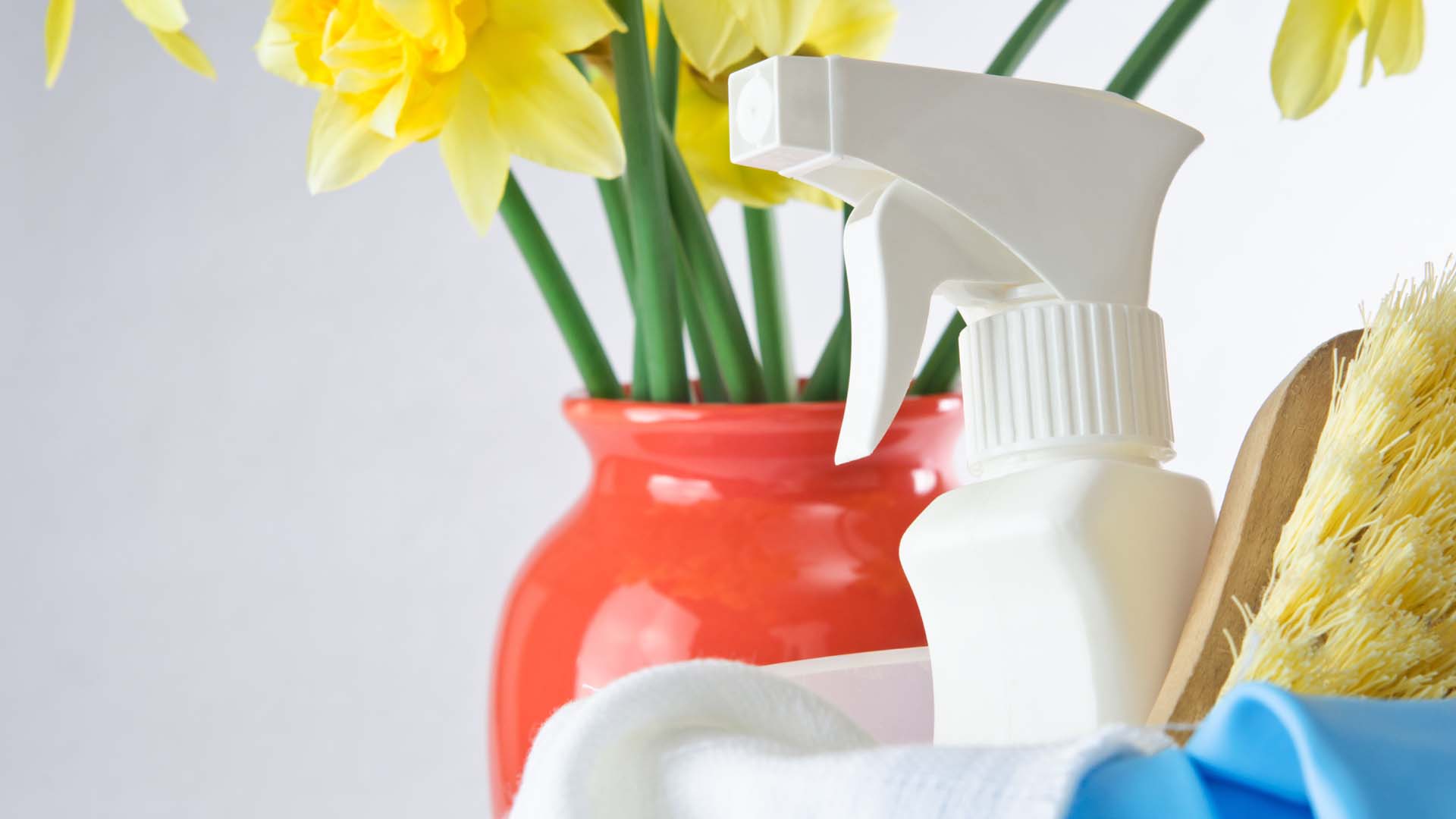
Smart hacks from the experts to make this your best, and easiest, clean ever.

Wouldn’t it be great if a thorough house clean took less time? We asked experts to share their best time-saving tips and hacks for the perfect spring clean no matter what the time of year.
These included decluttering in advance, learning how to identify those items that have true emotional value, and making your big clean up into a positive experience.
Simply starting and then needing to break off is not productive, advises the Association of Professional Declutterers and Organisers (APDO) Volunteers Director, Marie Bateson.
Bateson is also the founder of Cut the Clutter, a professional decluttering and organisation service, and says it’s important to use the skills you’ve learned at work in the home.
“Book some time with yourself to complete the job. Treat it like a piece of work.”
“Having a well-executed plan is clearly key,” agrees Laura Pearson, founder of Intentional with Laura, a life coach who helps clients intentionally declutter their homes, minds and lifestyles.
Studies also show that by having a clear plan when you start, you’re far more likely to succeed – and are less likely to give up halfway through.
But what if your home is filled with years of memories in the form of trinkets, photos, gifts and souvenirs? Disposing of them might feel disrespectful. Pearson explains why we sometimes struggle to let go.
“Most of us having limiting beliefs that hold us back from letting go of our things. Holding onto stuff can often be linked to things like money mindset, fear of scarcity and worries about ‘not having enough’.
“Ask yourself when was the last time that you truly used the things in your home and be honest with yourself about how much value they add to your life. This will help you to let go.
“Ensure you complete the process by making sure you know where your decluttered items are going to go and remove them from the home as soon as possible. Bag them up – and don’t second guess yourself by revisiting your old decisions.”
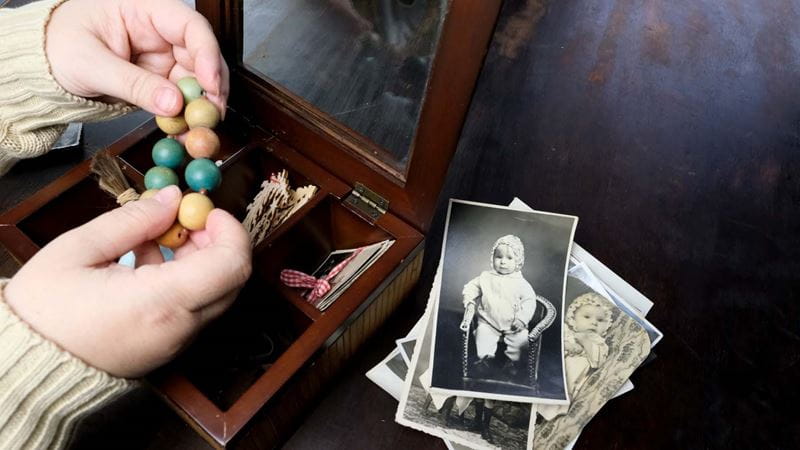
Kate Ibbotson, founder of A Tidy Mind, a home organisation, decluttering and lifestyle coaching service, agrees.
“Don’t over attach. Remember that memories aren’t in ‘things’, they are inside us. Of course, it is important to keep possessions which remind you of a loved one or a particular experience, but how many do you need?
“Taking a photo can help you hold on to the special memories or meanings attached to objects without taking up much space at all. You’d be surprised at how much satisfaction you can get from a two-dimensional reproduction.”
Another key technique in the KonMari method is to declutter by category rather than by room. For example, clothes, books, paperwork, komono (miscellaneous items including toiletries, toys, kitchenware, and stationery) and sentimental pieces, rather than the typical room by room approach to decluttering.
Spencer explains how gathering all the items from a category together in one place enables you to see exactly what you own and easily identify any duplication – giving you the power to create a home that’s much easier to clean going forward.
This really helps you to make confident decisions about what to keep and discard and you may be surprised just how many of the same items you own.

The KonMari method also advocates decluttering in the right order. Start with the easiest category, (clothing), then move on to books, papers, komono and leave the hardest category – sentimental items – to the end.
Otherwise, there’s a big chance that you’ll spend a whole afternoon looking at photos and won’t make much progress – remember, the goal is to get things done quickly so you can spend time on the things you truly love.
When the decluttering is done, it’s time for the clean. Henry Patterson from Housekeep, a London-based cleaning agency, shares the key focus areas he gives to his staff.
“Thoroughly wash your mop and bucket and empty your vacuum cleaner before you do the floors,” he told us. “And make sure to remove any hair or other debris that’s stuck in the roller of your vacuum.”
Whilst it’s easy to assume cleaning equipment is always clean, the reality is that germs and bacteria can live on or inside equipment. Using unhygienic tools to clean will just spread more dirt, so always make sure you start with equipment that’s been properly cleaned.
Yes, and that means you do really need to clean your vacuum cleaner!

“Also, clean from top to bottom in each room,” Patterson added, “wiping the highest surfaces first and working down to ground level.”
This means you don’t have to reclean surfaces because you’ve wiped dust and dirt onto them.
“You should do this every time you clean, but it’s even more important during a spring clean as you’re likely to be dislodging more dust than usual.”
In summary, from speaking to the cleaning experts it seems there are three key recommendations that will make this deep clean and all future cleans that little bit easier.
Since first picking up a paintbrush and experiencing the joy of re-decorating her bedroom in a questionable red, white and grey scheme as a young teenager, Sarah Harley was hooked on the world of interior design. This obsession even led to a real life ‘Grand Designs’ project in 2005 when she donned a pink hard hat and appeared on TV screens, project managing the renovation and extension of a Grade II listed 17th century Folly in South Wales.
Throughout her career, Sarah has gained an array of experience in several different roles, ranging from copywriting, PR, events management and photography to interior design and home staging.

Learn how to avoid the most common vacuuming mistakes to ensure that your floors are spotless and free from allergens.
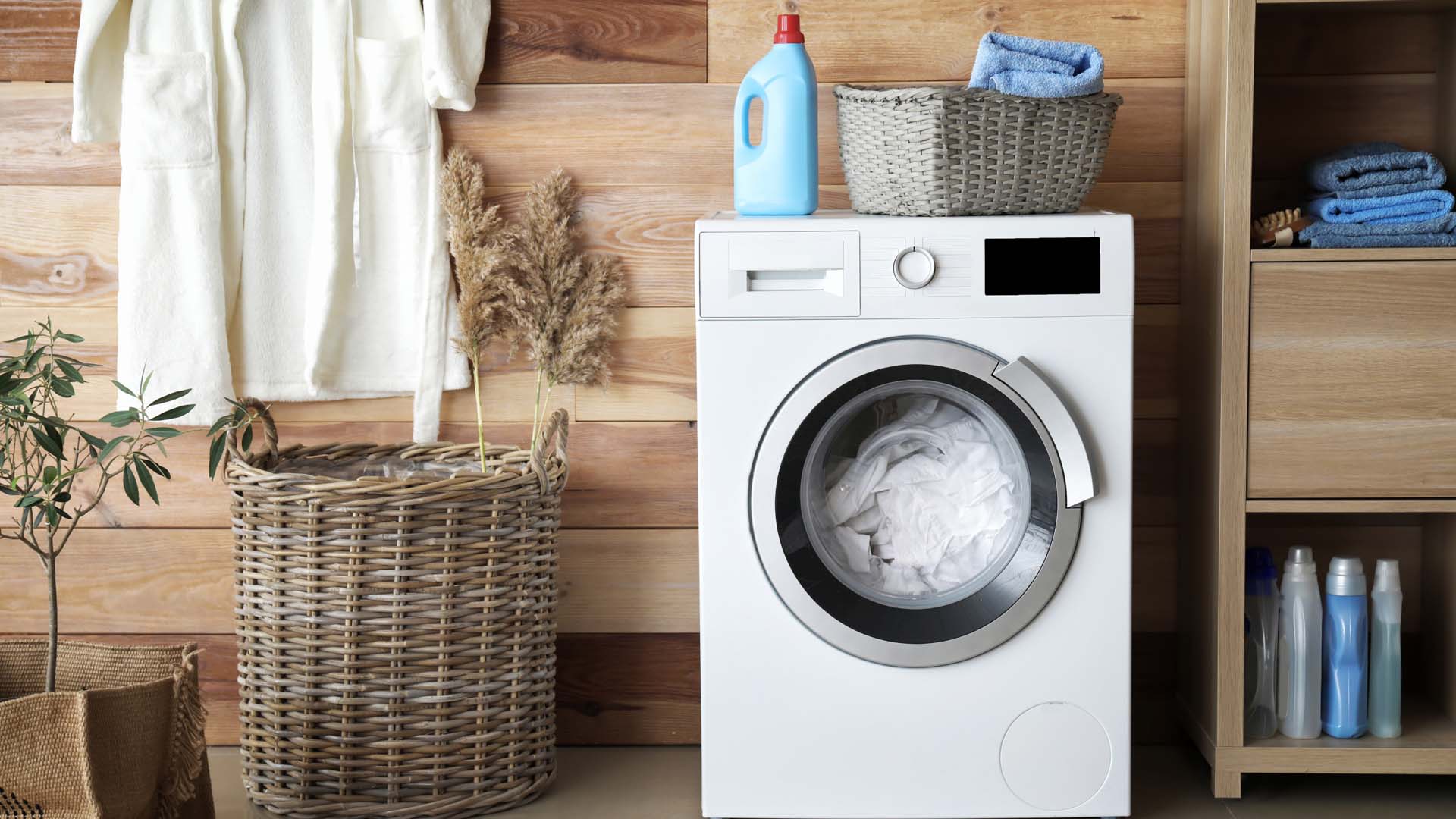
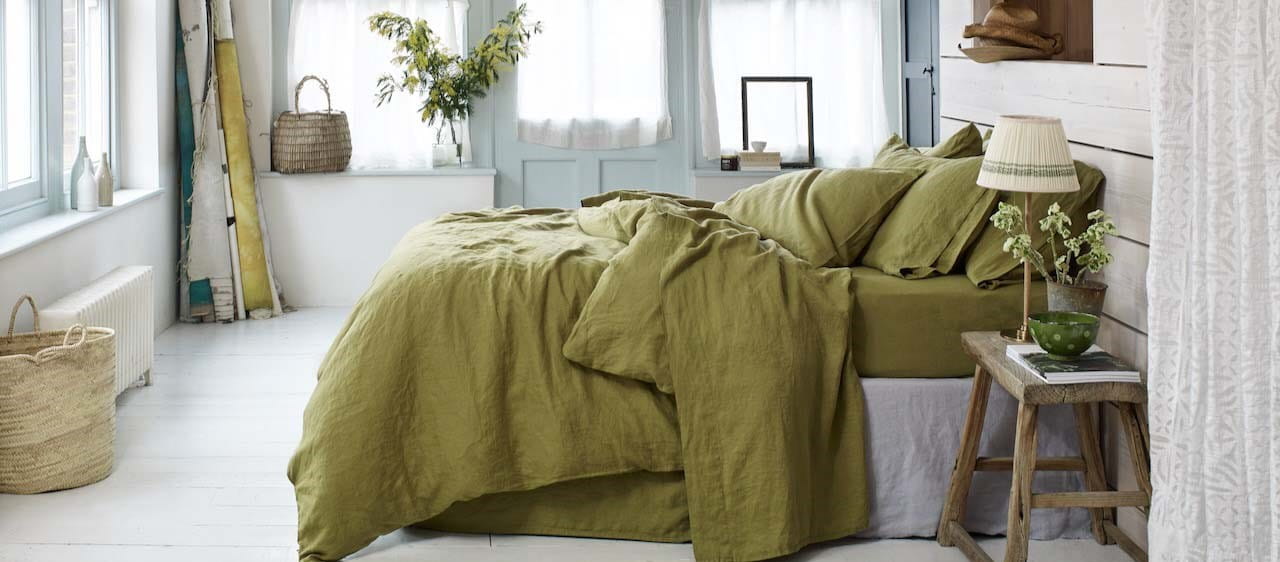

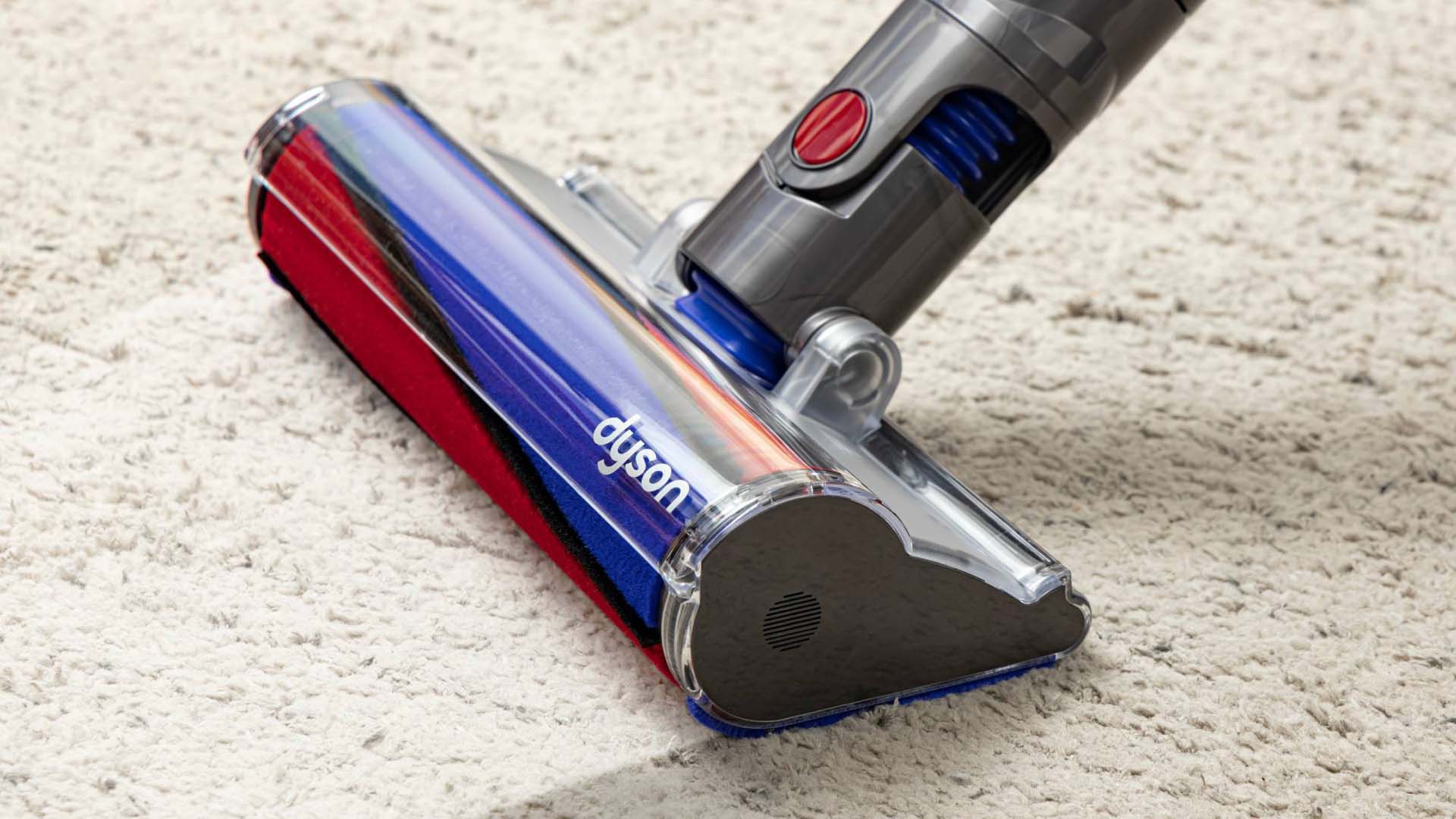
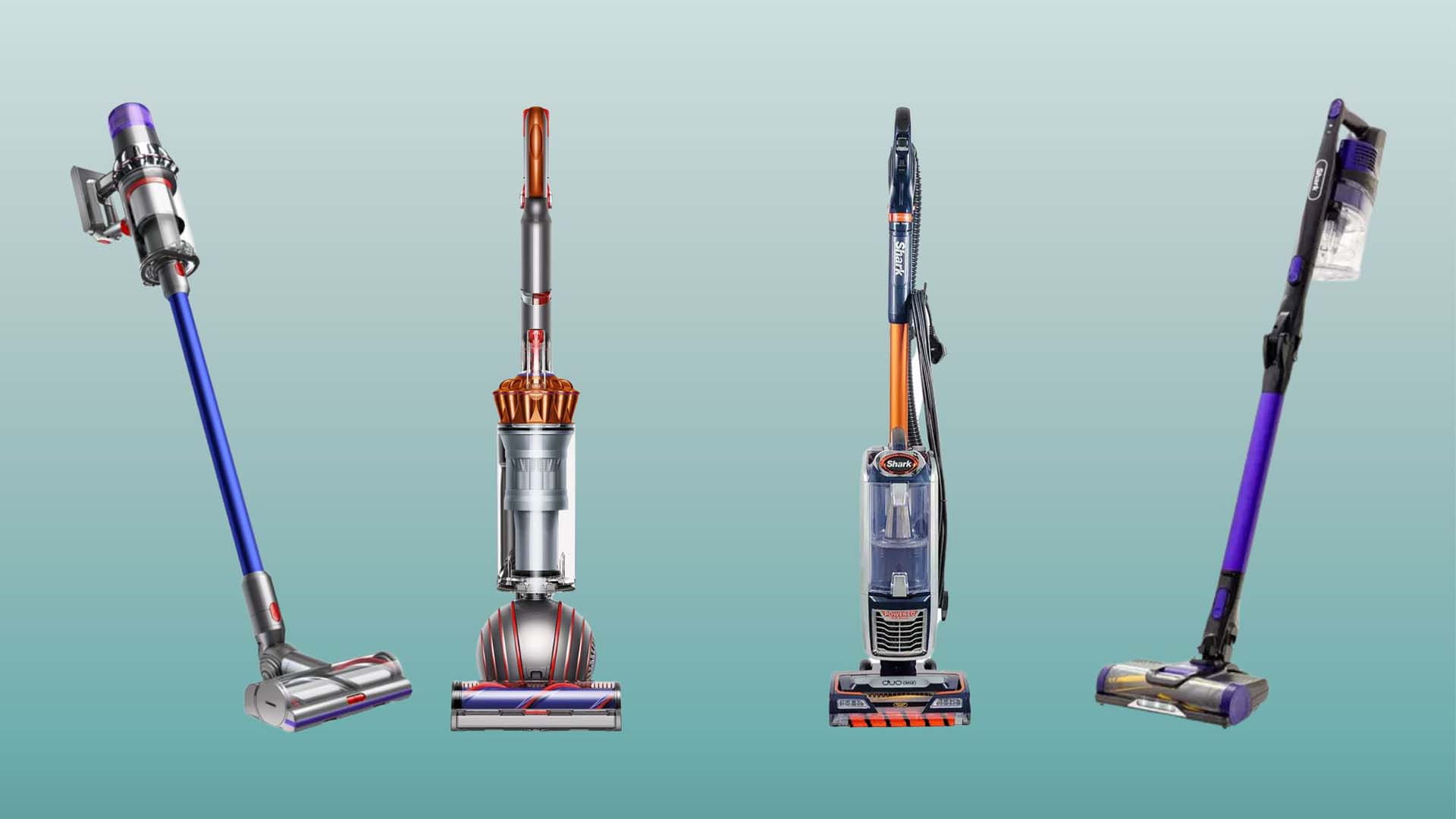
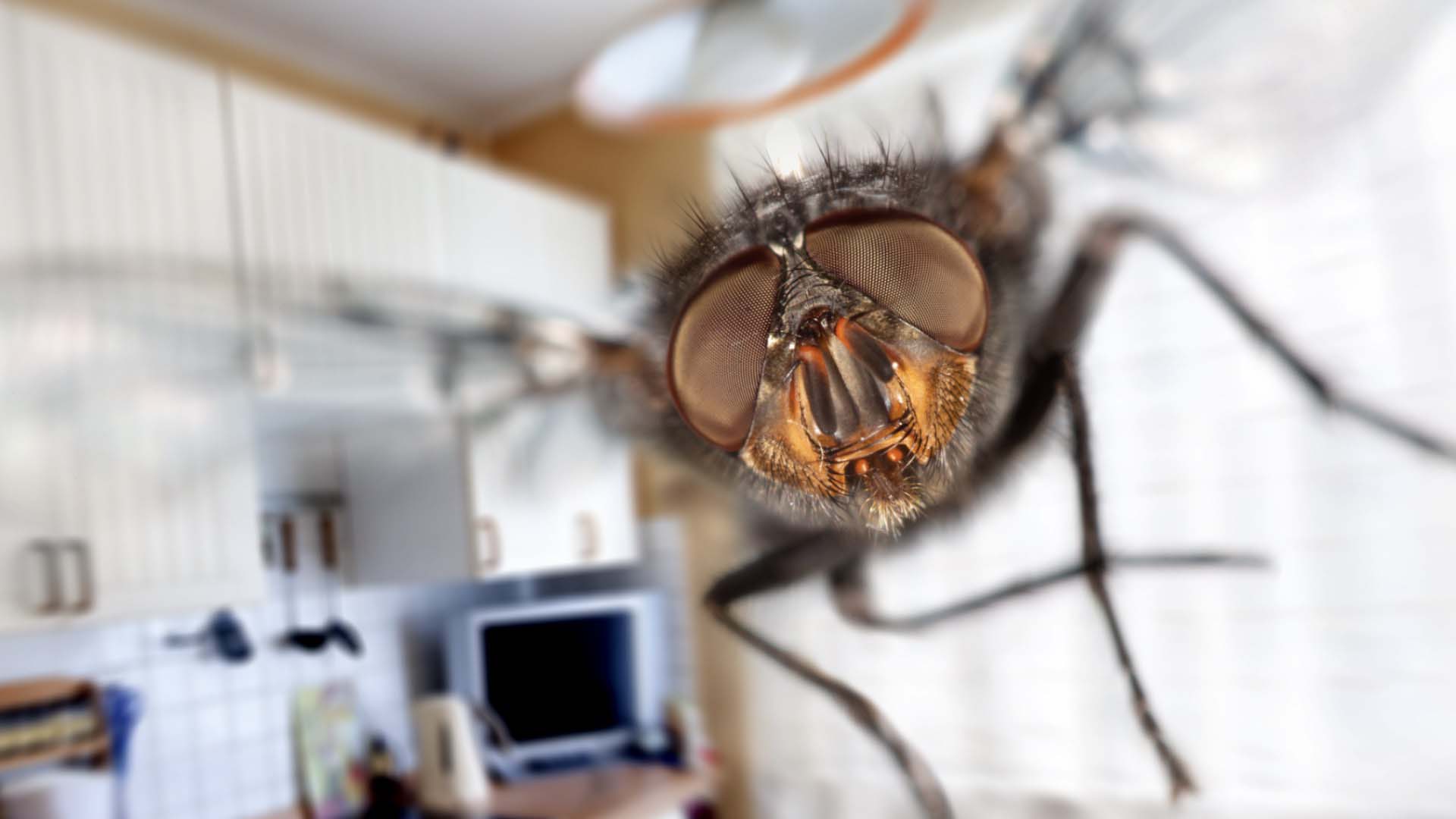
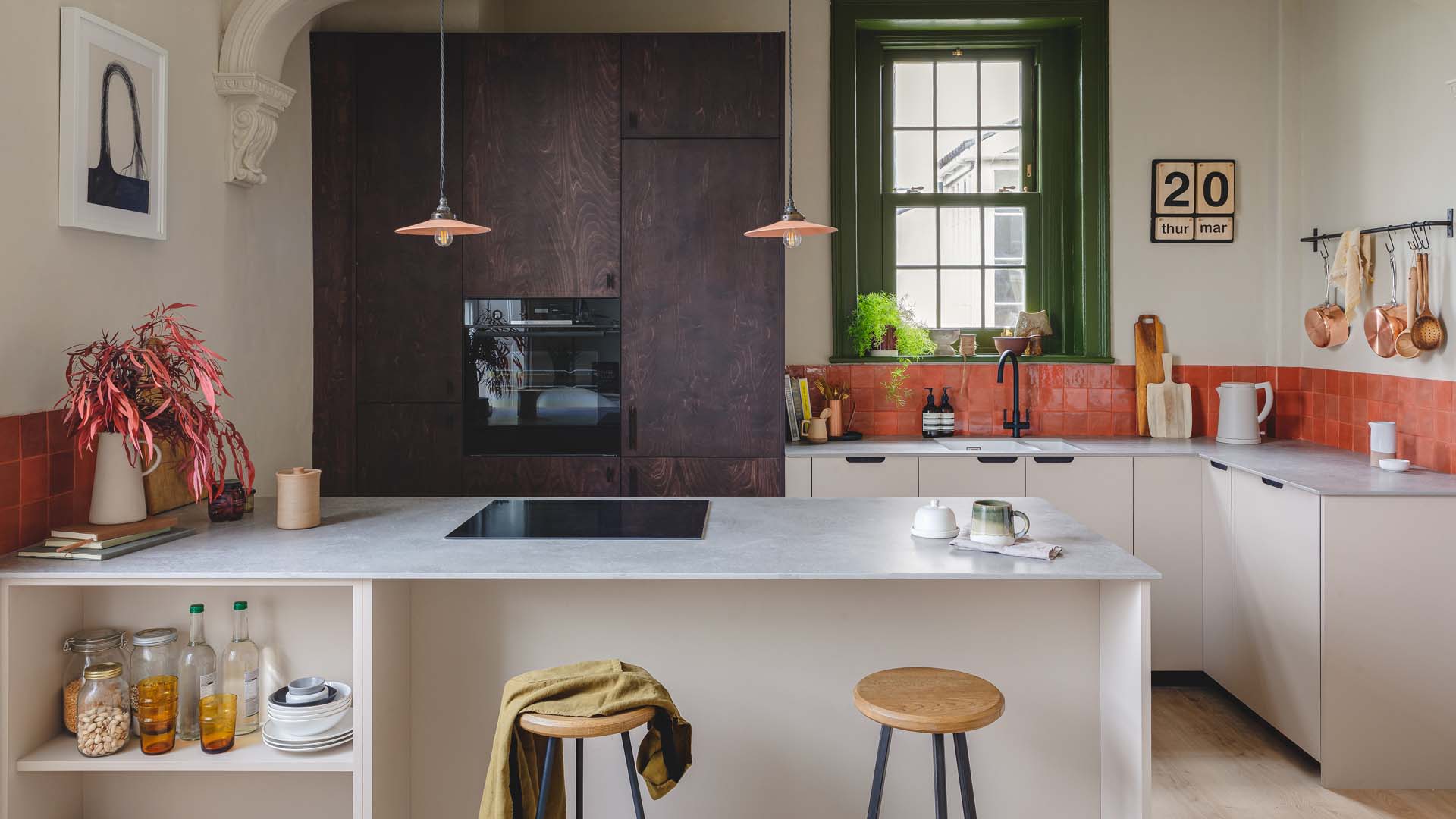

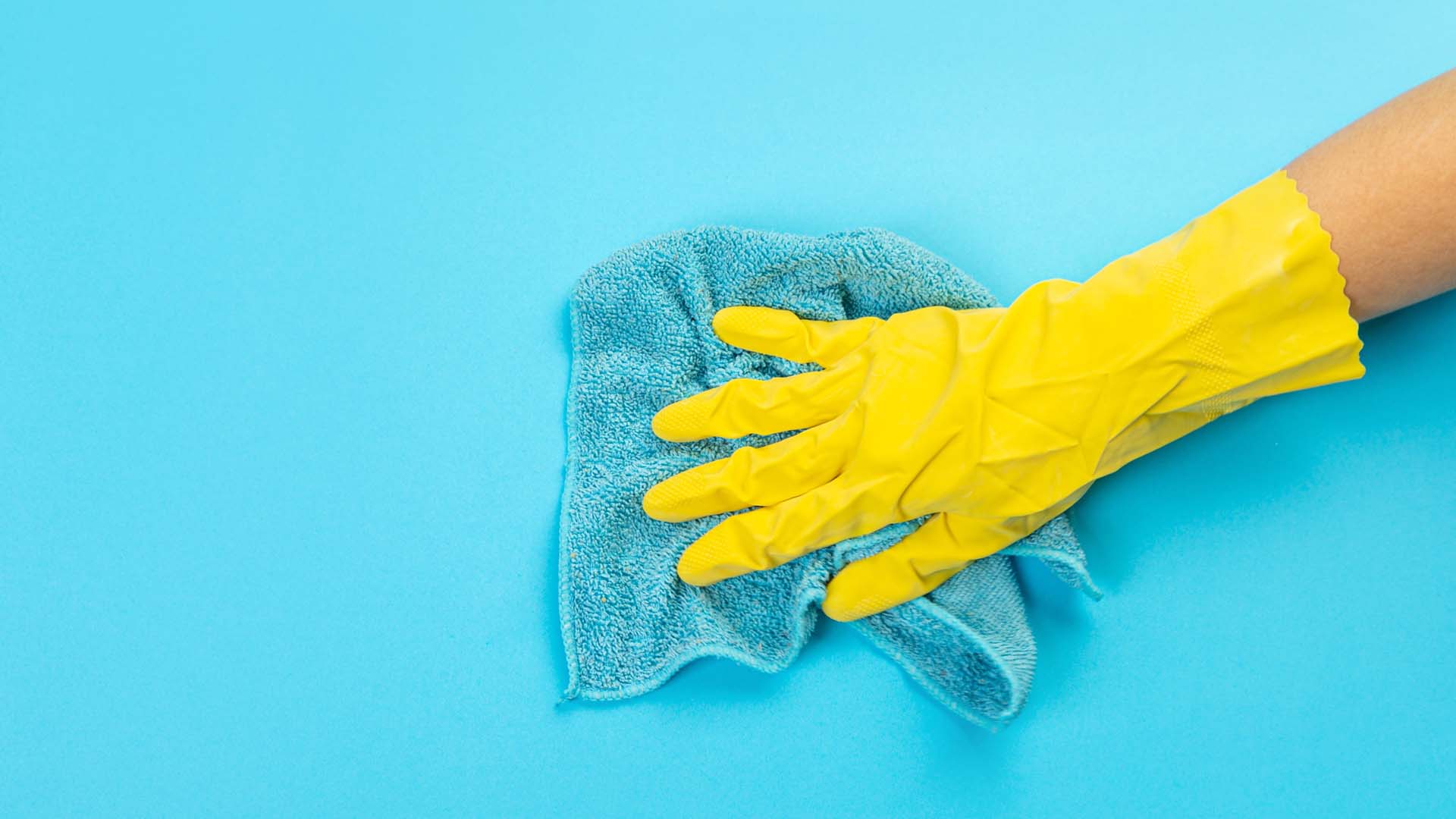

Create the perfect vista with our window cleaning tips.
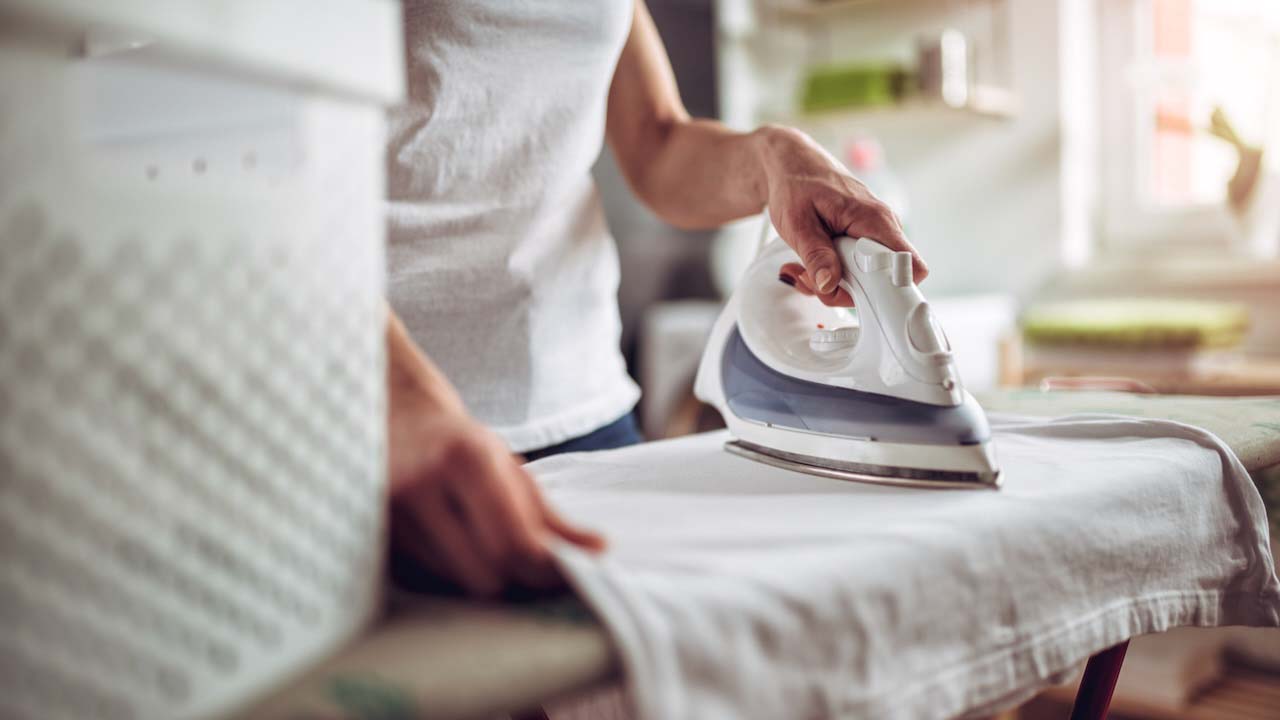
Because a scale-filled iron can ruin your clothes.